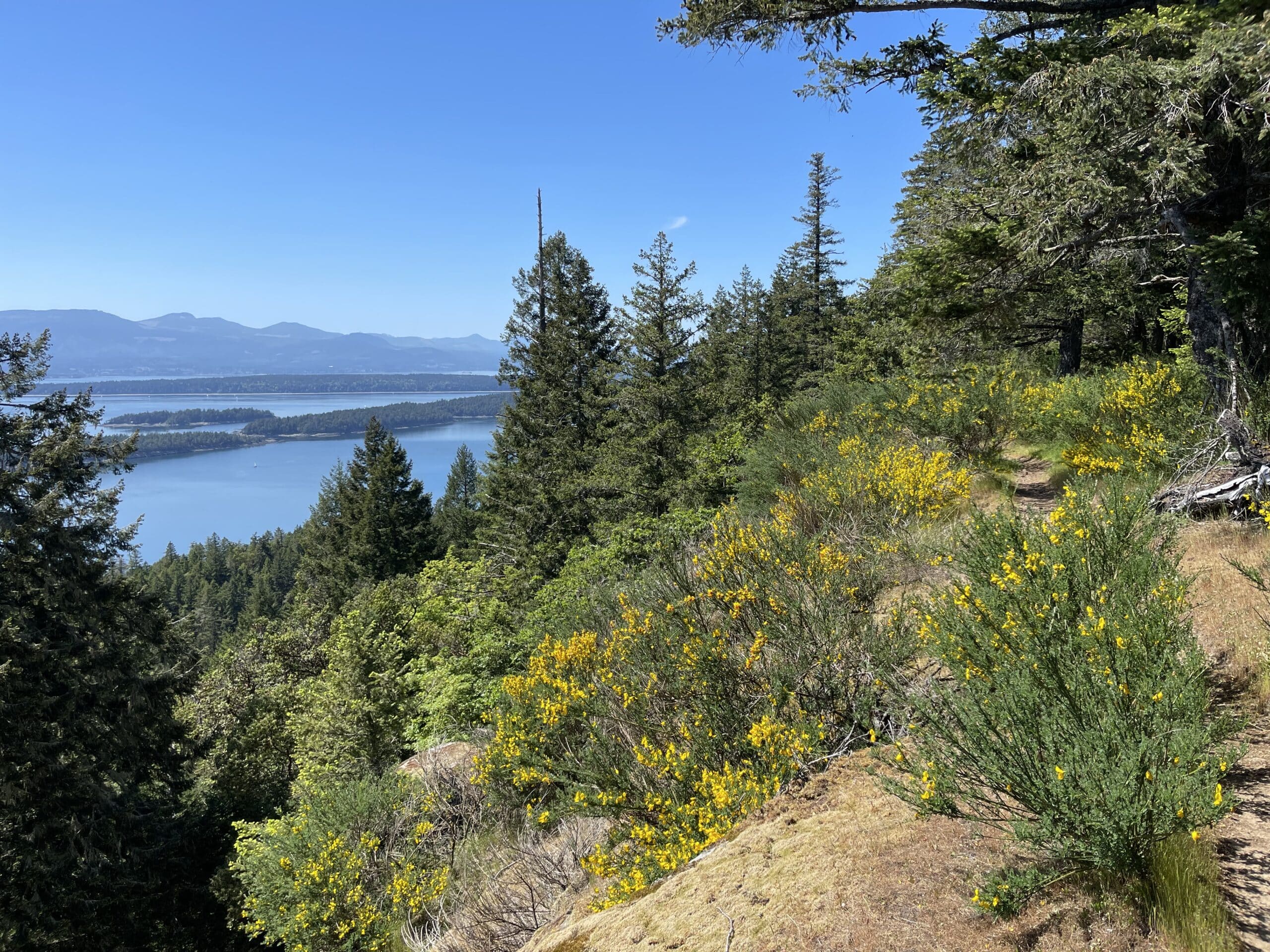By Melanie Apps | October 18, 2024
British Columbia is the most biodiverse region of all the provinces and territories in Canada, reflected in its 14 different biogeoclimatic zones. A biogeoclimatic zone is a geographic area with a fairly uniform climate that determines what kinds of vegetation will grow, often named after a dominant species present in the area – usually a tree.
Of the 14 zones in B.C., one of the smallest and most geographically limited is the Moist Maritime Coastal Douglas-fir subzone (CDFmm). This low-elevation area stretches along the east coast of Vancouver Island from Bowser to Victoria, as well as parts of the Sunshine Coast and the southwestern Lower Mainland. One particularly important aspect of the CDFmm subzone is that it contains one of Canada’s most endangered habitats: the Garry oak meadow ecosystem.
Covering just 0.3% of B.C.’s total landmass, the CDFmm zone is especially vulnerable to the impacts of invasive species. While many invasive species are present in the CDFmm zone, we’ve put together a list of 10 species of interest posing big challenges in this unique region.
English ivy

If you’ve gone for a forest walk within the CDFmm area, chances are you’ve come across this invasive evergreen. English ivy is a popular ground cover well known for its ability to climb up structures using suckers on its roots. But it also climbs trees. And once ivy reaches a tree’s crown height, it smothers it, keeping sunlight from reaching the tree. What’s more, the added weight of the ivy’s biomass can cause large trees to blow over during windstorms. Even as a groundcover, English ivy harms local biodiversity by outcompeting native groundcover species for space and resources, creating thick mats that overtake forest understories.
English holly
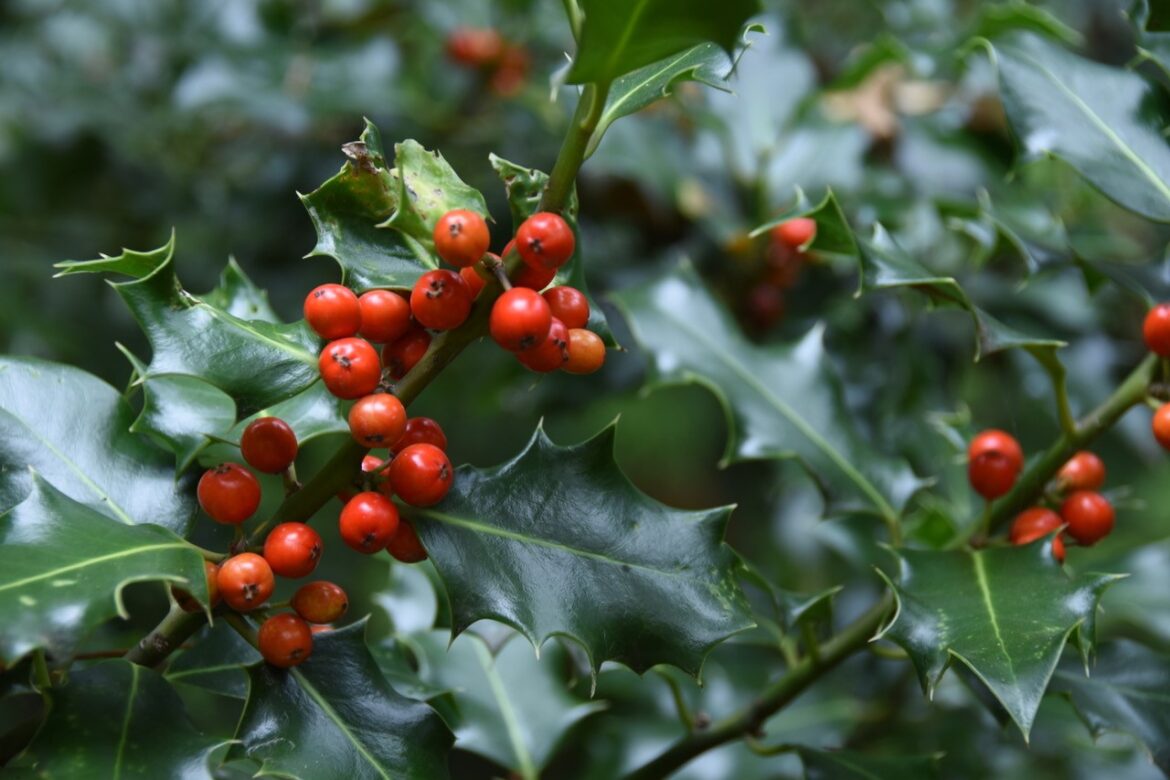
A familiar species to those who love a little winter holiday décor, English holly is a popular ornamental evergreen shrub that thrives in both sun and shade. Once it establishes, English holly manipulates water resources needed by native plants, effectively outcompeting surrounding species. The birds that feed on its berries help spread English holly far and wide. While boughs of holly may make for attractive holiday decorations, the bright red berries that look like a sweet treat to children are toxic when consumed.
Giant hogweed
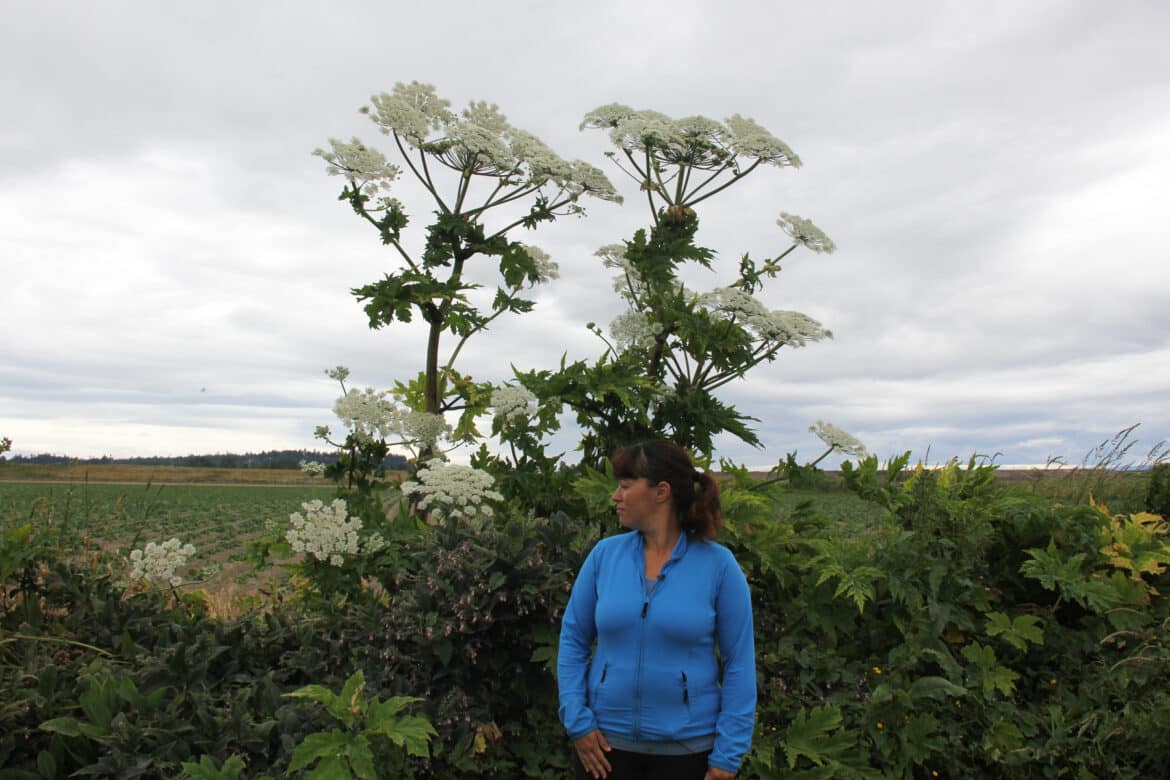
This plant lives up to its name as it can grow up to five metres tall! While giant hogweed is not as widespread as other listed species, this garden escapee is particularly dangerous due to its phototoxic sap which can cause blisters and burns. Contact with the sap can cause scarring and even permanent blindness if it touches the eyes. Giant hogweed favours moist riparian areas and can be found along streambanks, ravines, and steep slopes where it rapidly takes over. Giant hogweed can be distinguished from similar plants by the purple spots or striping on its stems. Due to the safety hazards posed by this plant, any suspected giant hogweed sightings should be immediately reported to your regional invasive species organization. Some municipalities have control programs to assist private property owners with managing giant hogweed.
Himalayan blackberry
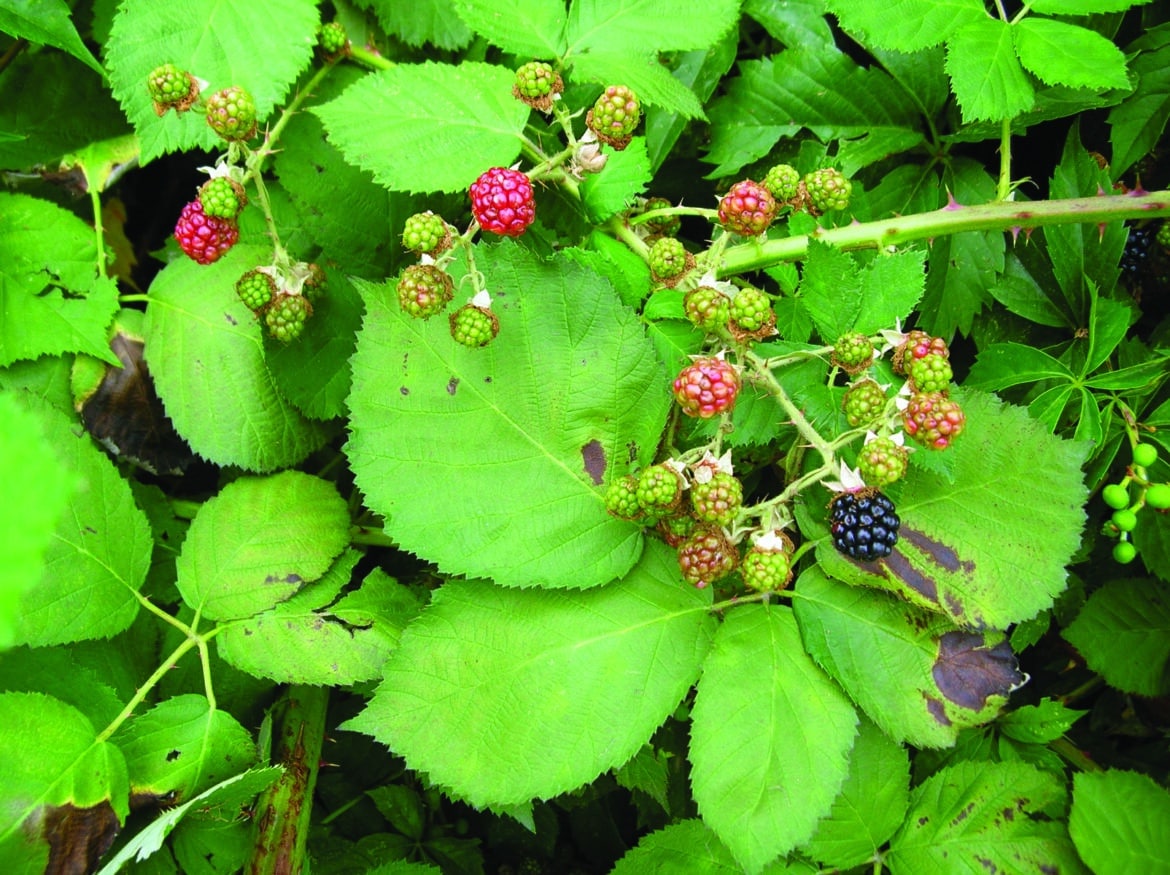
Also known as Armenian blackberry, this shrub is well known and well-loved for the delicious berries it produces in late summer. Himalayan blackberry loves the sun and rapidly overtakes open areas and disturbed sites, pushing out native trees, shrubs and groundcover species. It creates dense thickets limiting the movement of large animals and people with its large, sharp thorns, making areas hard to access. These monoculture thickets produce 7,000-13,000 seeds per square metre, making this a difficult species to manage! Birds and omnivorous mammals spread the seeds, adding to the challenge of managing this painfully thorny shrub.
Knotweed Species
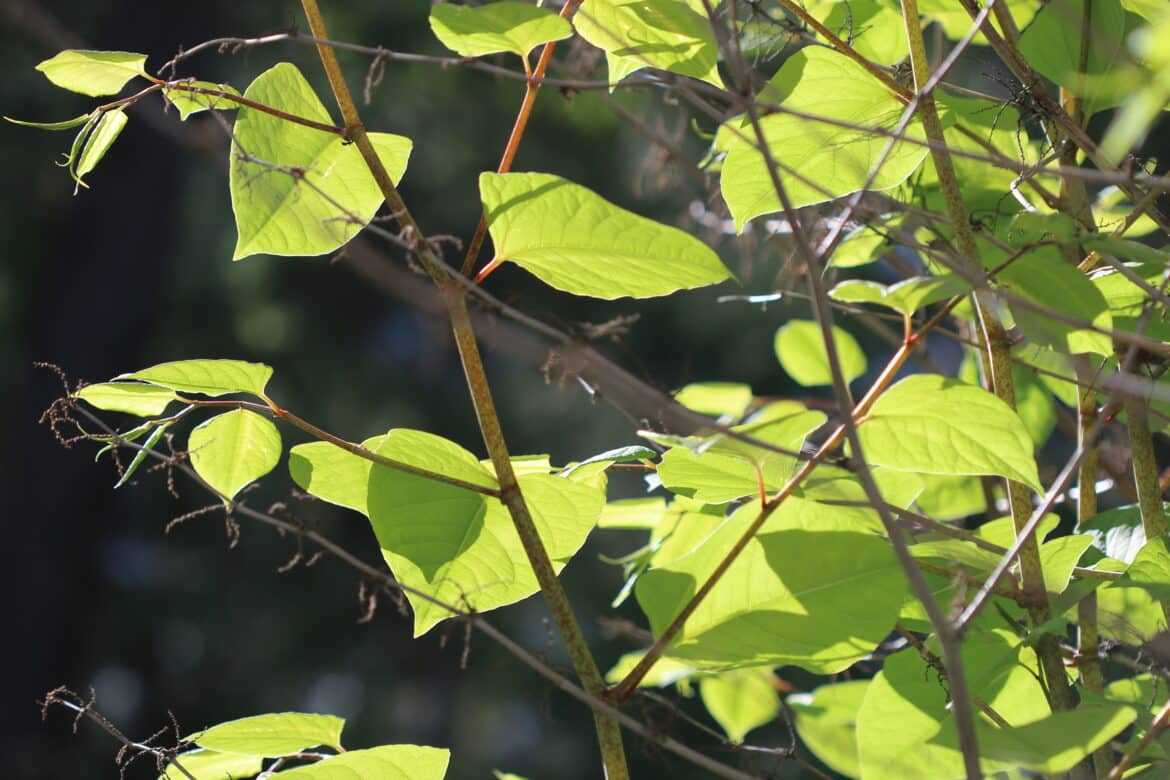
While knotweeds have limited distribution throughout the CDFmm zone, these aggressive species are best contained and eradicated soon after early detection. Due to their destructive tendencies and challenges in control methods, knotweeds are listed as a “top 100 worst invasive species” by the International Union for Conservation of Nature. These moisture-loving plants can be found along streambanks, where they can increase soil erosion. They are also commonly found along right of ways and in gardens. Knotweeds are a huge problem because of how easily they spread. Not only can they spread by seed, but they can also spread vegetatively. An entirely new plant can grow from a very small piece of stem or root! Knotweeds are destructive plants that can grow through concrete, asphalt, and housing foundations, and their ability to outcompete native plants results in a loss of biodiversity.
All four knotweed species currently present in B.C. have been reported in the CDFmm zone including, Japanese knotweed, giant knotweed, bohemian knotweed (a hybrid of the former two), and Himalayan knotweed.
Poison hemlock
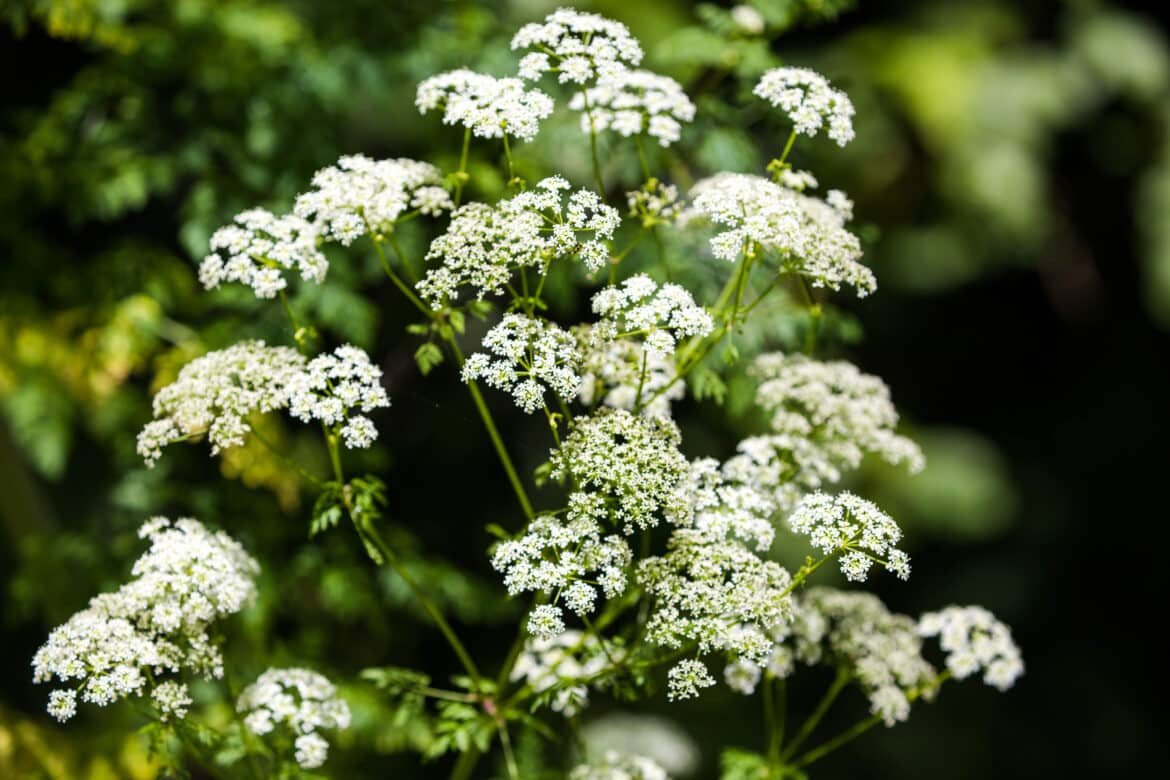
This plant is well-established in the CDFmm region where it overtakes riparian and lowland areas, forcing native plants out. Poison hemlock is particularly troubling as all parts of this plant are poisonous to humans. It can also poison livestock when it grows in agricultural areas and crowds out desirable forage. Like giant hogweed, this plant has purple spots on its stem that can help us tell it apart from lookalike species.
Scotch broom
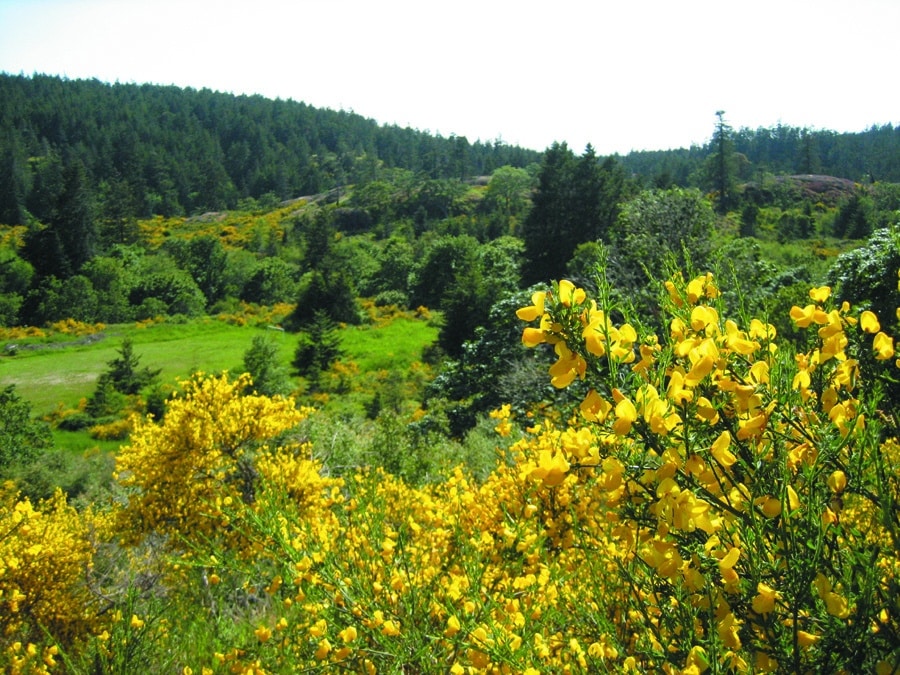
With its bright yellow flowers and tendency to rapidly colonize open swaths of land, the woody Scotch broom is perhaps one of the most widely recognized invasive plants within the CDFmm region. Due to its aggressive growing tendencies, Scotch broom quickly crowds out native species, with each plant living up to 25 years and dropping thousands of seeds that can remain viable for up to 30 years in the soil. High-density infestations of Scotch broom pose a severe wildfire risk due to added fuel loads and the high oil content of this plant.
Spurge-laurel/Daphne
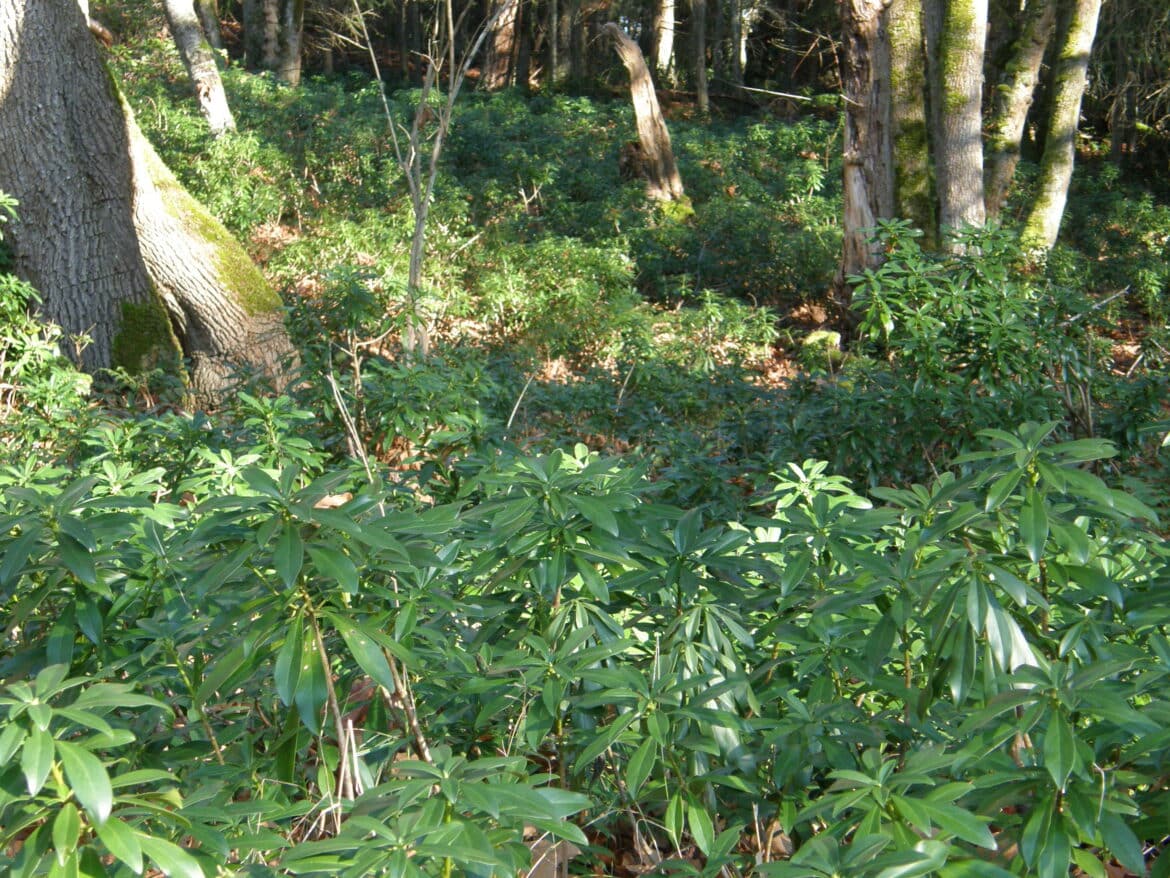
Daphne (or spurge-laurel) is another concerning invasive plant reducing biodiversity in the CDFmm zone. This once-popular ornamental evergreen shrub grows in sun and shade, crowding out native species and taking over forested understories by forming dense thickets. Its toxic sap can cause rashes upon contact and nausea, tongue swelling, and can even lead to coma if ingested.
Tansy ragwort

Another eye-catching yellow invasive plant on this list is tansy ragwort. Commonly found in pastures and disturbed areas, one plant can produce 15,000 seeds that can survive up to 15 years in the soil. Tansy ragwort is toxic to livestock and deer – consumption may cause liver damage. The toxic alkaloids can also impact pollinators and honey production. Bees that visit tansy ragwort flowers produce bitter and off-colour honey.
Yellow flag iris
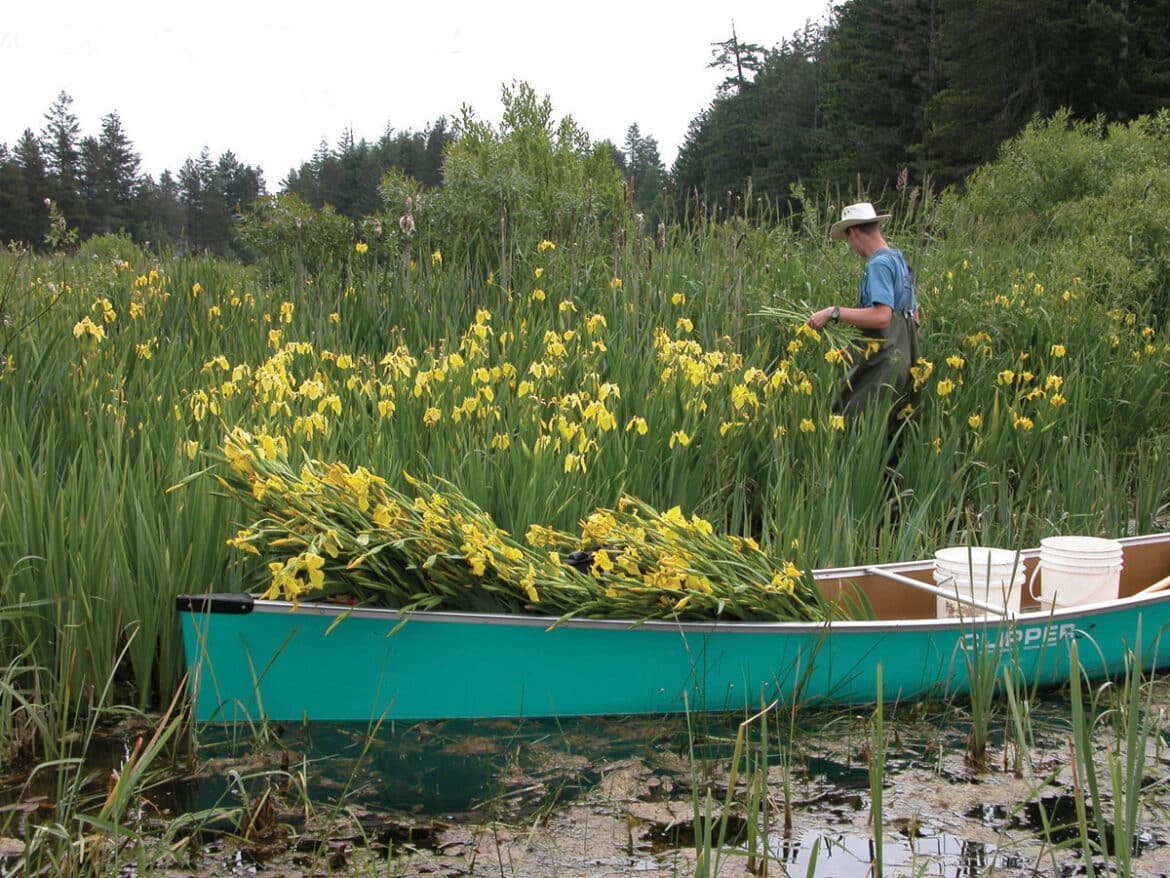
With its vibrant flopping flowers, yellow flag iris is hard to miss. This invasive aquatic plant is found in wetlands, ditches, along water edges and in wet soils. This plant reproduces by seed and horizontal roots, which can float downstream from parent infestations and rapidly invade new aquatic areas. Extensive root systems connect underground to create thick mats that shrink and damage wetland habitat, crowd out native vegetation, and reduce water flow. The habitat loss caused by yellow flag iris forming dense colonies affects birds, fish and amphibians.
Invasive Animals of Concern
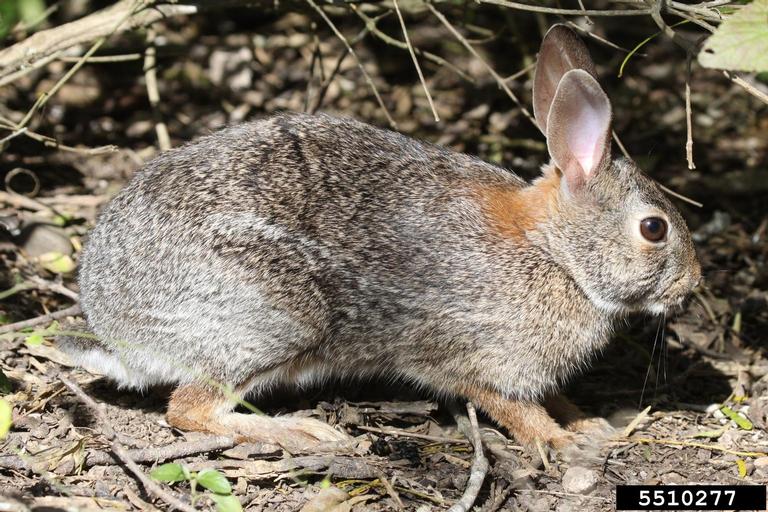
While this list focuses on invasive plants, the impacts of invasive animals in the CDFmm zone should not be underestimated. Some invasive animals threatening ecosystems in this zone include the spongy moth, European starling, and eastern cottontail rabbit. While spongy moth isn’t considered an established species within B.C., it has been detected across the east coast of Vancouver Island multiple times since the mid 80’s. It has the potential to cause extensive harm to Garry oak trees and other deciduous trees.
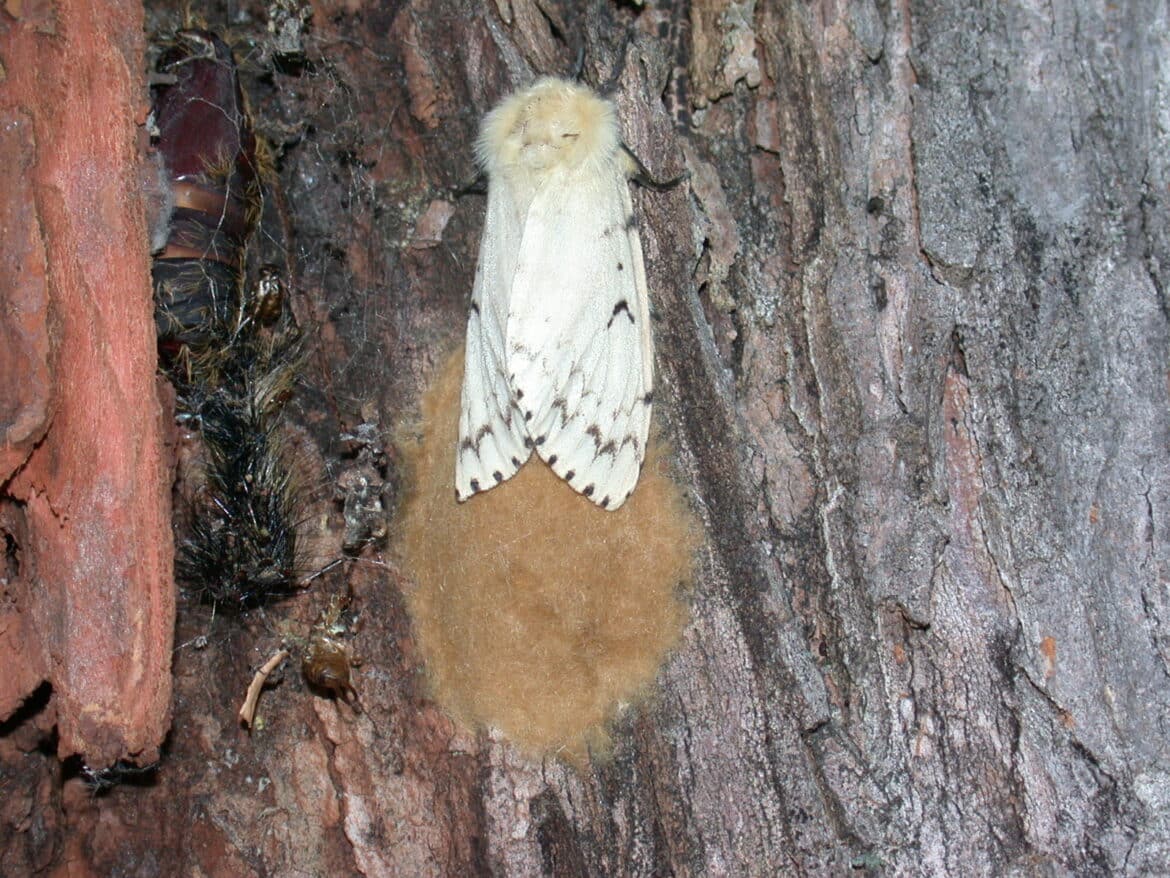
European starlings negatively impact native bird populations as they compete for food and important nesting areas. Eastern cottontail rabbits threaten Garry oak habitats by feeding on vulnerable plant species and oak seedlings in these ecosystems.
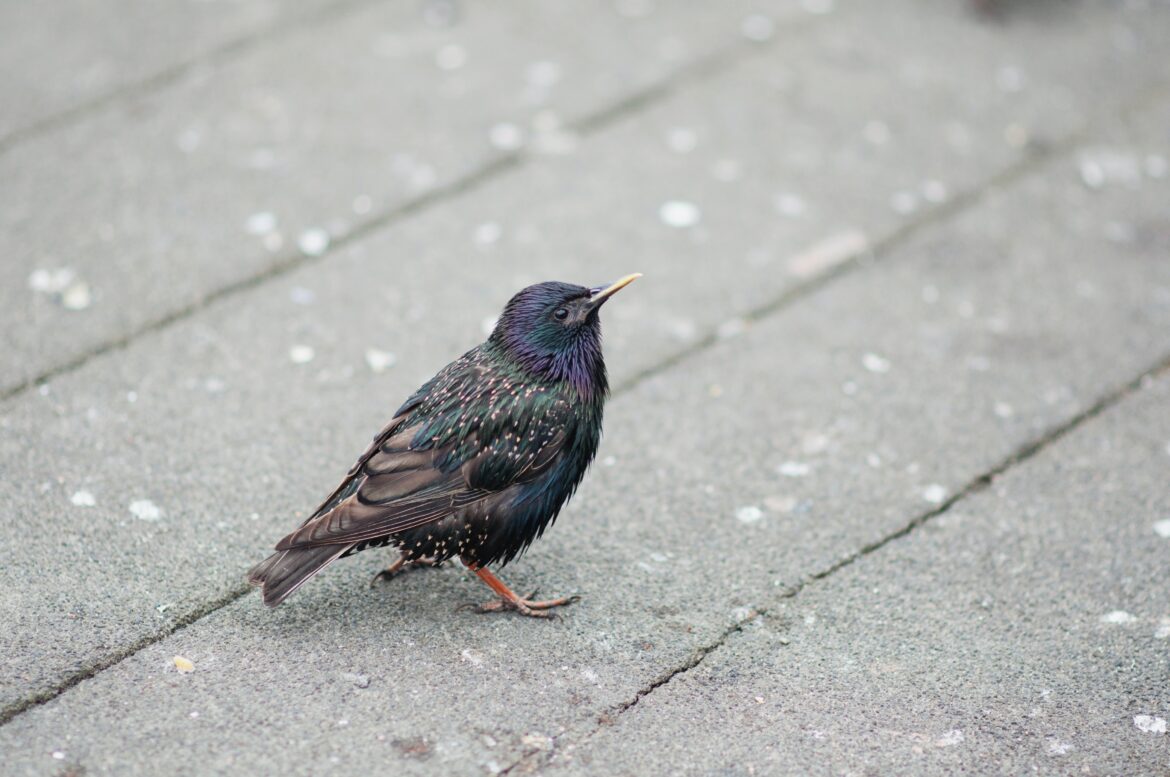
While it may seem like the CDFmm zone is in trouble due to the threat of invasive species, there are many ways you can help protect this important area of B.C.
- Observe and Report any invasive species you find! This is essential to preventing new species from establishing and is especially important when it comes to giant hogweed, knotweed species, and other high-priority invasive species listed by the Coastal Invasive Species Committee.
- Whether you’re a gardener or you work in the horticultural industry, practicing PlantWise is a great way to help prevent the spread of invasive species still sold in some nurseries, garden centres, online, and in stores that sell plants. Check out the Grow Me Instead guide for excellent non-invasive alternatives to invasive ornamentals!
- Adopt the responsible practices of PlayCleanGo, Clean Drain Dry, Don’t Let it Loose, and Buy Local Burn Local! These are the best ways to reduce the chance of accidentally spreading invasive species. From cleaning off your gear after a hike or fishing trip, to selecting local pest-free firewood, your actions play an essential role in stopping the spread of invasive species across B.C. Find out how you can Play Your Part!
Cited Sources
Coastal Invasive Species Committee: https://w ww.coastalisc.com/priority-invasive-plants/
Coastal Invasive Species Committee: Poison Hemlock – Coastal Invasive Species Committee (coastalisc.com)
Garry Oak Ecosystem Restoration Team: https://goert.ca/about/invasive-species/gypsy-moth/
Garry Oak Ecosystem Restoration Team: Invasive Species (goert.ca)
Habitat Acquisition Trust: HAT+Invasive+Species+Guide.pdf (squarespace.com)
ISCBC: Daphne (Spurge-Laurel) – Invasive Species Council of British Columbia (bcinvasives.ca)
ISCBC: English holly – Invasive Species Council of British Columbia (bcinvasives.ca)
ISCBC: English ivy – Invasive Species Council of British Columbia (bcinvasives.ca)
ISCBC: European starling – Invasive Species Council of British Columbia (bcinvasives.ca)
ISCBC: Giant hogweed – Invasive Species Council of British Columbia (bcinvasives.ca)
ISCBC: Himalayan blackberry – Invasive Species Council of British Columbia (bcinvasives.ca)
ISCBC: Knotweed Factsheet (bcinvasives.ca)
ISCBC: Scotch broom – Invasive Species Council of British Columbia (bcinvasives.ca)
ISCBC: Tansy ragwort – Invasive Species Council of British Columbia (bcinvasives.ca)
Melanie is a Youth Coordinator for the Lower Mainland region with ISCBC. She is passionate about community-focused environmental stewardship and helps lead a restoration project in New Westminster in her free time. You can reach Melanie at mapps@bcinvasives.ca
Share


